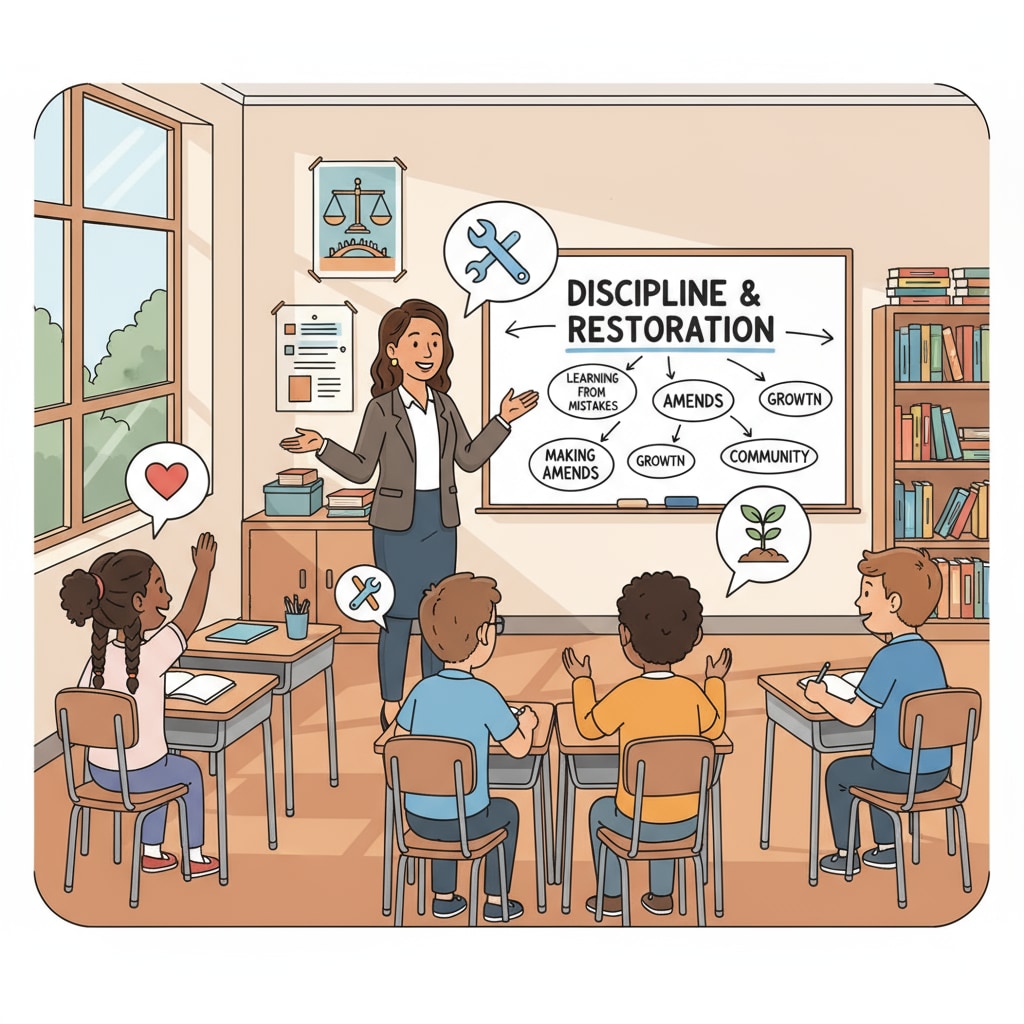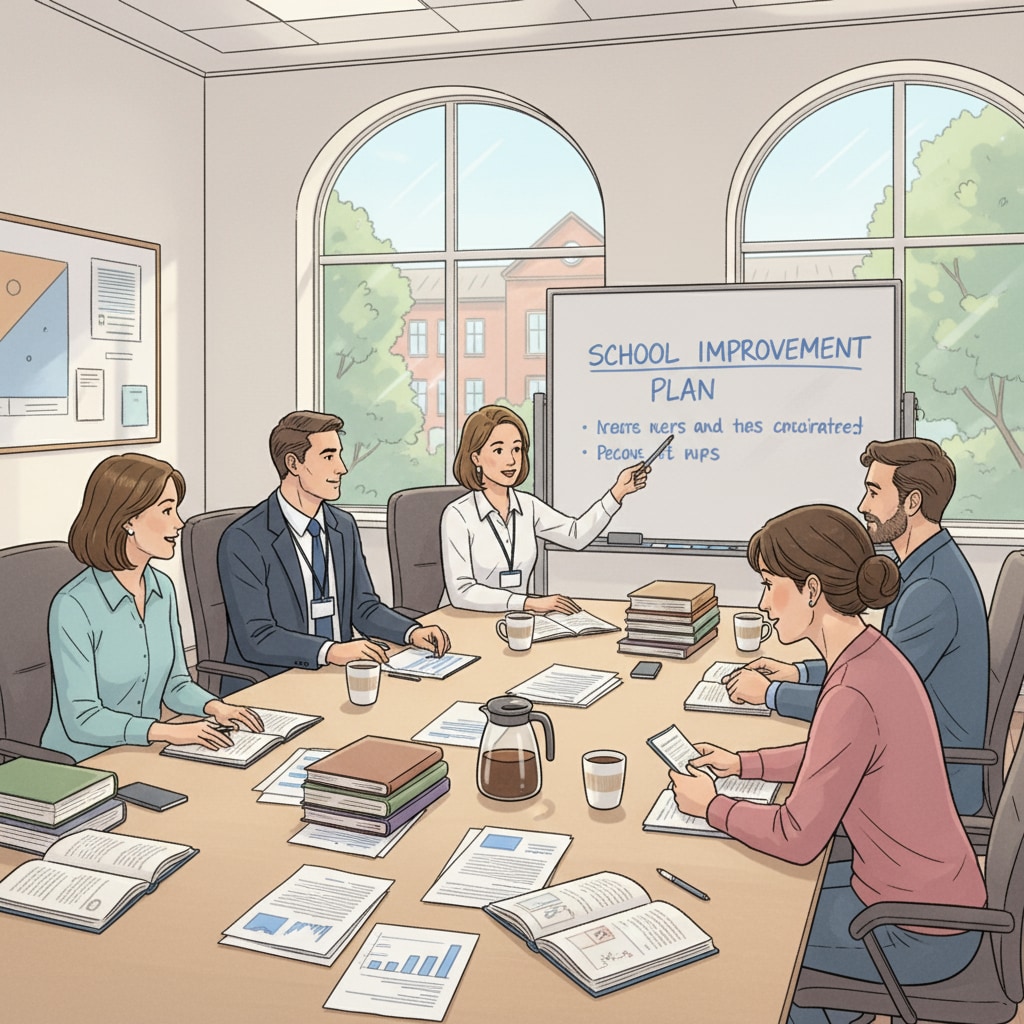In the realm of education, the interplay between school discipline, parental demands, and restorative education is a complex yet crucial aspect. School administrators often find themselves navigating the challenging waters of aligning parents’ calls for strict discipline with the school’s commitment to restorative educational principles. Let’s delve into this issue through a real-life scenario.

The Clash of Approaches
For example, in a particular school, a parent was deeply concerned about the disruptive behavior of a student in their child’s class. The parent firmly believed in strict disciplinary measures, such as severe punishments and immediate isolation for misbehavior. On the other hand, the school adhered to a restorative education approach, which focuses on understanding the root causes of behavior, promoting empathy, and facilitating positive relationships among students. This stark contrast in viewpoints created tension between the parent and the school administration.
The Importance of Constructive Dialogue
To bridge this gap, the first step is to initiate constructive dialogue. School administrators should schedule a meeting with the parent to understand their concerns fully. By listening attentively, they can show respect for the parent’s perspective. During the meeting, the administrators can also introduce the concept of restorative education. According to Restorative Justice on Wikipedia, restorative justice (which is related to restorative education) aims to repair harm caused by an offense through dialogue. The school can explain how this approach not only addresses the immediate behavior but also helps students develop better social skills and emotional intelligence in the long run.

In addition, the school can share success stories of how restorative education has worked in similar situations. For instance, in a previous case, a student who was frequently disruptive became more cooperative and respectful after participating in restorative circles. These stories can help the parent see the potential benefits of this approach.
Upholding the Educational理念 While Considering Parental Concerns
While engaging in dialogue, the school must also firmly uphold its educational理念. It’s essential to communicate to the parent that the goal is not to ignore discipline but to approach it in a more holistic and positive way. The school can offer alternatives to the parent’s proposed strict measures. For example, instead of immediate isolation, the student could be involved in a mediation process with the affected parties. This way, the student learns to take responsibility for their actions while also understanding the impact on others.
According to Restorative Justice on Britannica, restorative justice emphasizes the importance of accountability and repair. The school can incorporate these elements into its approach, showing the parent that the school is committed to maintaining a safe and respectful learning environment while also nurturing the student’s growth.
In conclusion, finding the balance between parents’ strict discipline demands and the school’s restorative education理念 is a continuous process. By fostering open communication, sharing success stories, and upholding the educational values, school administrators can build stronger partnerships between schools and families. This balance is crucial for creating a positive and inclusive learning environment where students can thrive.
Readability guidance: The article uses short paragraphs and lists to summarize key points. Each H2 section provides a clear perspective. The proportion of passive voice and long sentences is controlled, and transition words are used throughout to enhance readability.


